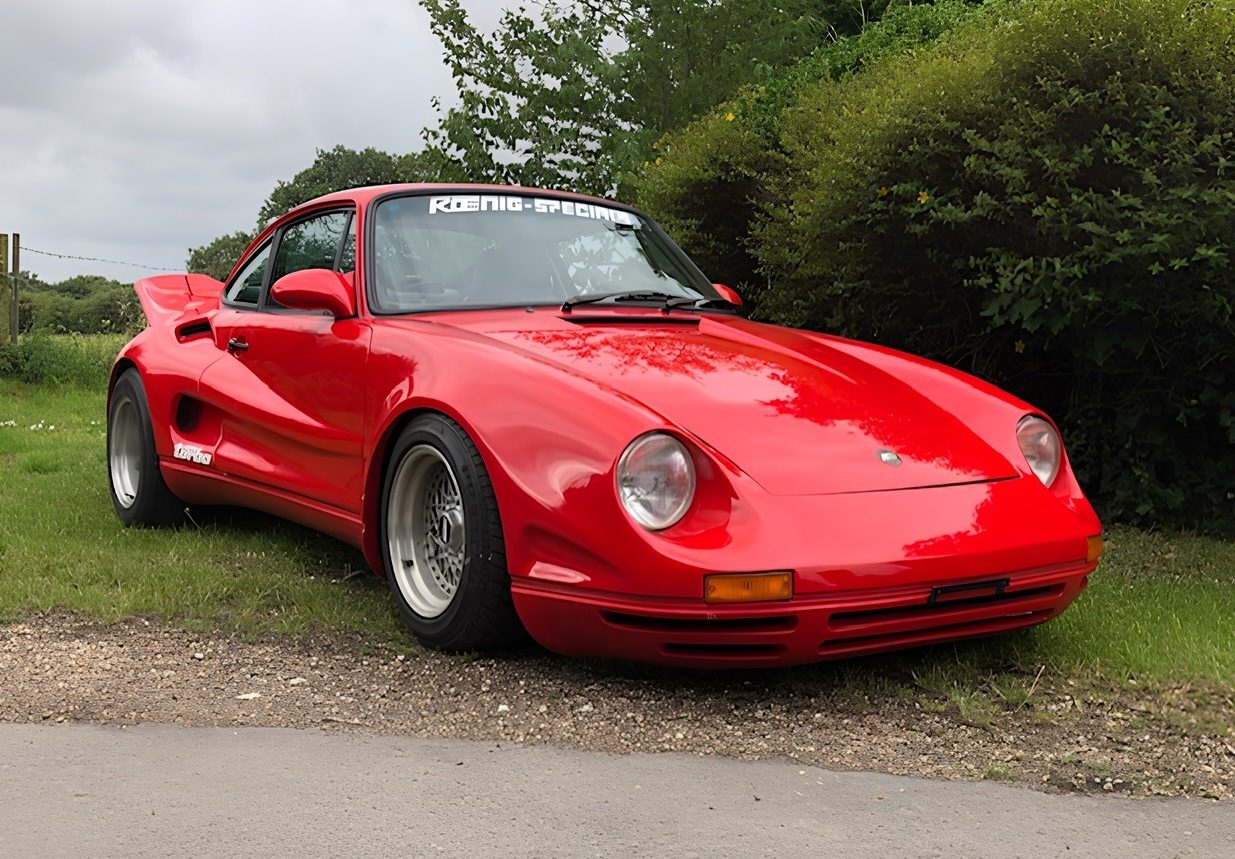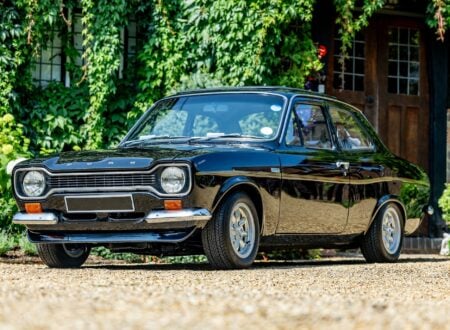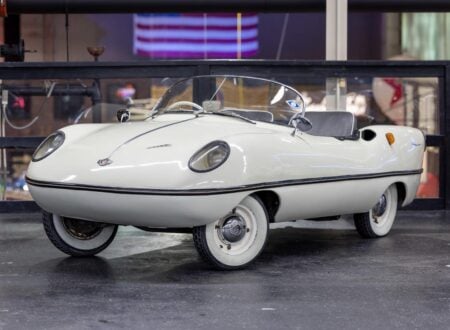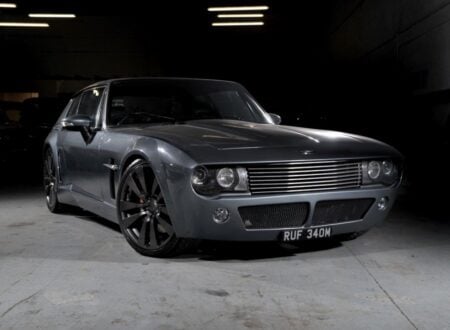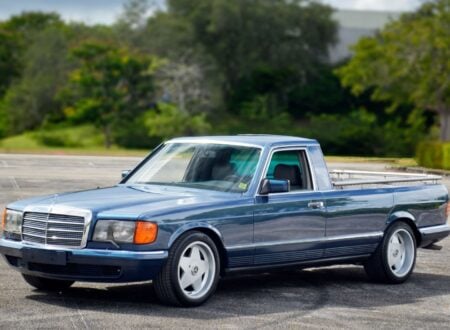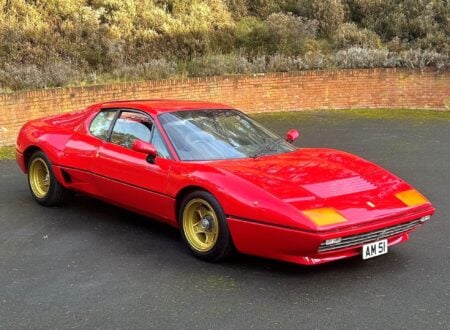This is a 1980s-era Porsche 911 Turbo as you may never have seen it before. It’s one of an estimated 10 examples of the 911 Turbo as modified by Koenig Specials GmbH – a company famous for building some of the wildest modified supercars in the world in the 1980s and 1990s.
Company founder Willy Koenig became a pariah from the perspective of many of the period’s supercar manufacturers as he was modifying their cars to such extreme lengths it made the originals look a little boring. For example, he developed a twin-turbo Ferrari Testarossa producing over 1,000 bhp, far more than the stock output of 385 bhp.
Fast Facts – The Porsche 911 “Koenig Specials” Turbo
- Koenig Specials GmbH, founded by Willy König in 1977, became famous for extreme supercar modifications, including the Porsche 911 “Roadrunner” Turbo and a 1,000+ bhp Ferrari Testarossa. The company faced criticism from manufacturers like Ferrari for its radical customizations.
- The Porsche 911 “Roadrunner” Turbo by Koenig Specials included major upgrades such as a fiberglass wide-body kit, Porsche 928 headlights, Audi 200 Turbo taillights, and performance modifications to the engine, turbocharger, suspension, and brakes.
- Performance enhancements included boring the engine from 3.3L to 3.4 liters, fitting a larger KKK K27 turbocharger, and upgrading the ECU, intercooler, and exhaust. This resulted in 480 to 550+ bhp, a 0 to 60 mph time of 4.4 seconds, and a top speed exceeding 190 mph.
- The featured 1988 Koenig Specials “Roadrunner” Turbo has 25,000 km (15,534 miles), a single owner, and original Porsche Recaro seats. It is listed for £299,000 ($362,084 USD) and is believed to be the only one available for sale in Europe.
Willy König And His “Koenig Specials”
Koenig Specials GmbH was founded by eccentric millionaire and successful racing driver Willy König (sometimes spelled “Willy Koenig”) 1977 to formally sell kits and parts that Koenig had been developing and selling since 1974.
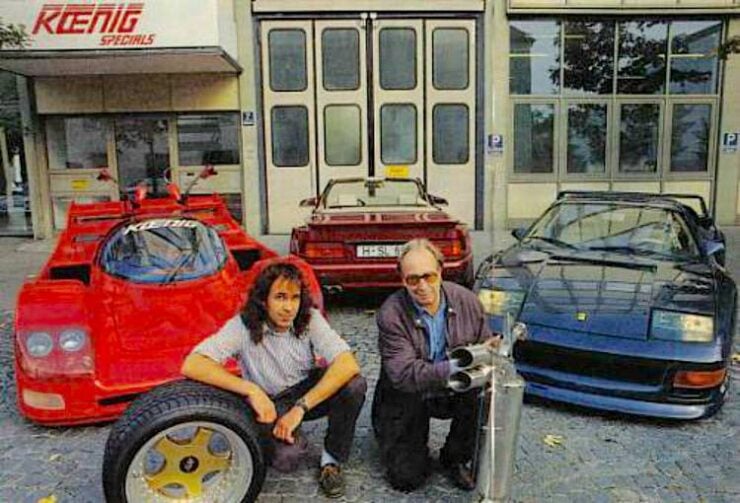

The cars built by Willy and his team were extreme to say the least, so extreme that former friend Enzo Ferrari demanded that any Ferrari modified by Koenig have its badges removed or face legal action – as the company no longer considered it to be a Ferrari.
Love them or hate them, Willy and his team at Koenig had a significant influence on the global car tuning and modification scene. The company sold wide body kits, suspension systems, performance engine parts and they offered fully-built cars.
One of the company’s most famous creations was an extensively modified Ferrari Testarossa with an avant garde body kit and a significantly modified twin-turbo engine capable of 1,000+ bhp. They also built a Porsche 911 Turbo with up to 550 bhp and a top speed not far off 200 mph.
A slew of wild cars rolled out of the Koenig facilities during the 1970s and 1980s, today they’re considered quite collectible but only to a specific kind of collector – one who cares more for the car’s unusual nature than their lost originality.
Interestingly, Koenig Specials GmbH is still in operation to this day selling body kits for cars from its glory days, though they no longer build custom cars in-house.
The Porsche 911 Koenig Specials “Roadrunner” Turbo
The Porsche 911 Koenig Specials Turbo, sometimes referred to as the “Roadrunner,” was a comprehensive rebuild of the standard Porsche 930 (the 911 Turbo variant). It included modifications to the suspension, engine, and body of the car, resulting in a vehicle that was considerably quicker than the standard version.
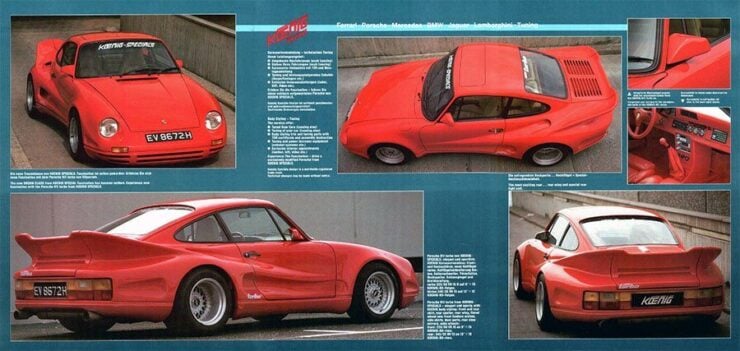

Perhaps the most obvious modification is the fitment of a multi-piece Koenig Specials fiberglass body kit including the front end, hood, sides/doors, rear quarter panels, and engine lid/spoiler. The original headlights were removed as part of the conversion, and a set of Porsche 928 headlights were used in their place.
Out back a set of full-width taillights from the Audi 200 Turbo were integrated into the rear end, and a hefty new integrated spoiler curved around most of the rear of the car. The interior was left largely original with only minimal changes, as was often the case on Koenig Specials builds.
Underneath the car you would find the original Porsche 930 brakes still in place, these were cross-drilled, ventilated discs sourced from the Le Mans-winning Porsche 917 race car, and as such they were already more than capable of handling the additional performance.
The suspension was upgraded with Bilstein shock absorbers, heavy-duty anti-roll bars front and back, and up front a strut brace was added for a little additional body rigidity.
The original 3.3 liter flat-six was comprehensively rebuilt, it was bored out to 3.4 from 3.3 liters and given a significantly larger KKK K27 turbocharger. It was also fitted with a considerably air-to-air intercooler, the ECU was re-mapped, and an improved exhaust system was fitted.
Total power output varied depending on the specific car (as was often the case with Koenig Specials) however numbers from 480 bhp to 550+ bhp were quoted. This was a significant bump over the 325 bhp of the car it was based on, and the performance specs jumped as a result. The car could now to the 0-60 mph run in 4.4 seconds and it had a top speed of 190+ mph.
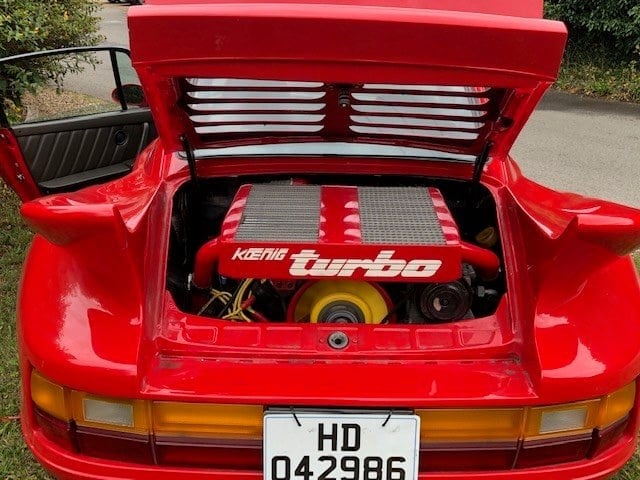

The original 4-speed manual transmission was replaced with a 5-speed unit, though there isn’t any additional information on this gearbox we have to assume it’s the G50 unit as the earlier 911 5-speed transmission would struggle with the torque being sent back by either of the turbo engine variants.
Exactly how many examples of the Koenig Specials “Roadrunner” Turbo were actually made, estimates range from 10 to 12, and it’s not known exactly how many have survived to the modern day. Another issue is that some additional cars were fitted with the body kit only and none of the mechanical upgrades.
The Koenig Specials “Roadrunner” Turbo Shown Here
The car you see here is listed as an original Koenig Specials “Roadrunner” from 1988 with just 25,000 kms on the odometer – that’s 15,534 miles.
The listing is relatively light in information, it does explain that the car has its original Porsche Recaro seats, service history, and just a single owner from new.
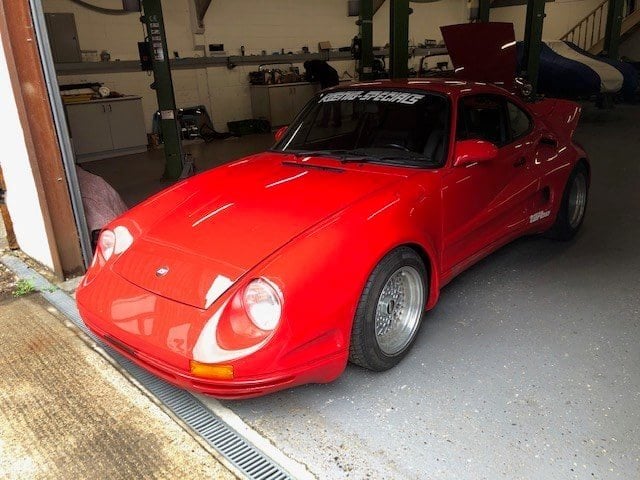

The asking price is £299,000 or approximately $362,084 USD, which looks to be about right given the rarity of the car, its historic significance, and the fact that it’s a low mileage, one owner vehicle.
If you’d like to read more about it or register to bid you can visit the listing here on Car & Classic. It’s being sold out of Sussex in the United Kingdom and apparently it’s the only one currently for sale in Europe.
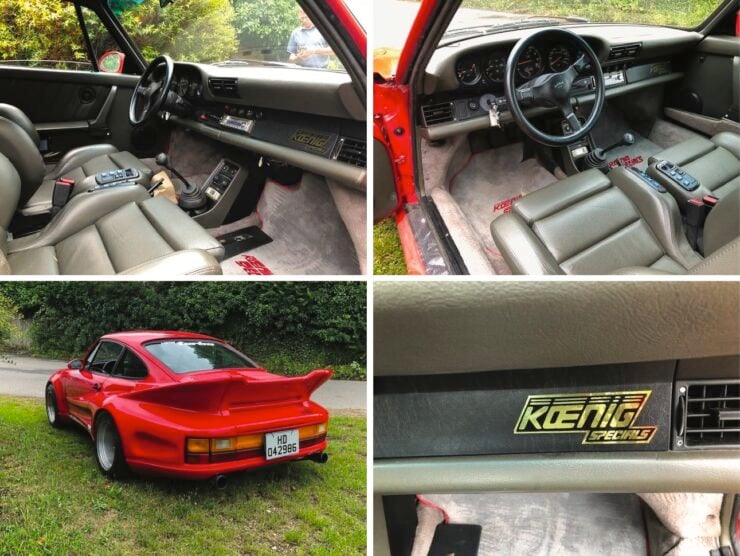
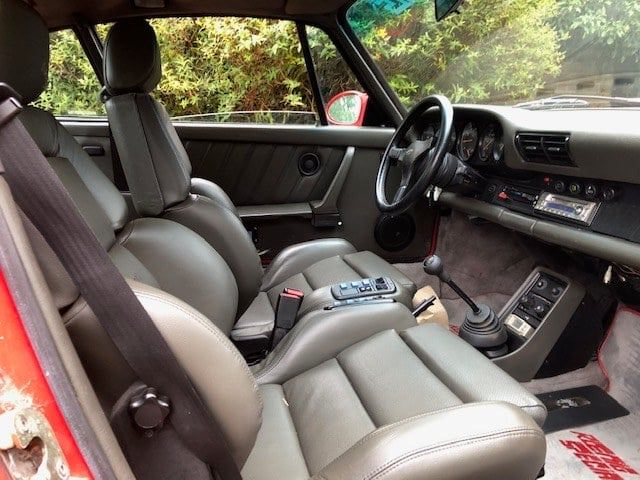
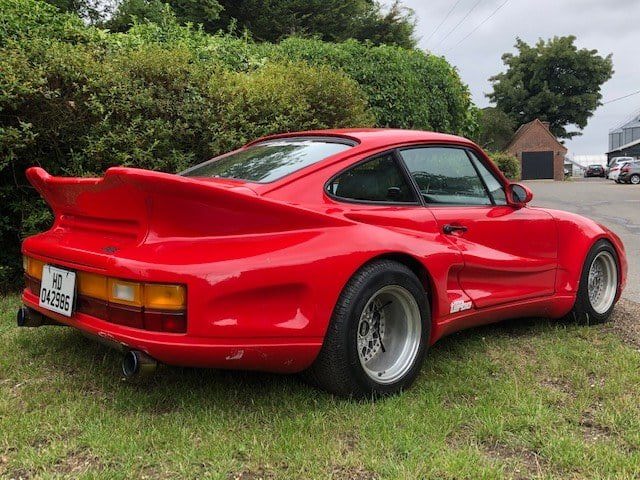
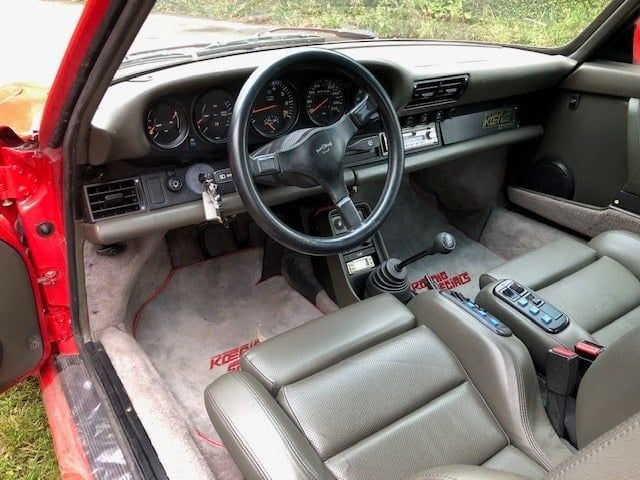

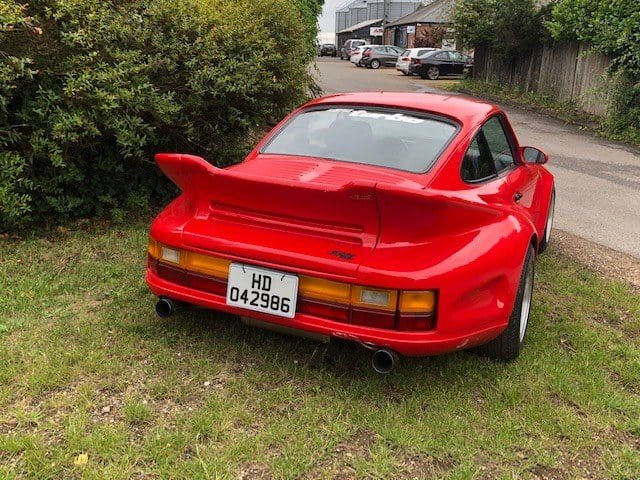
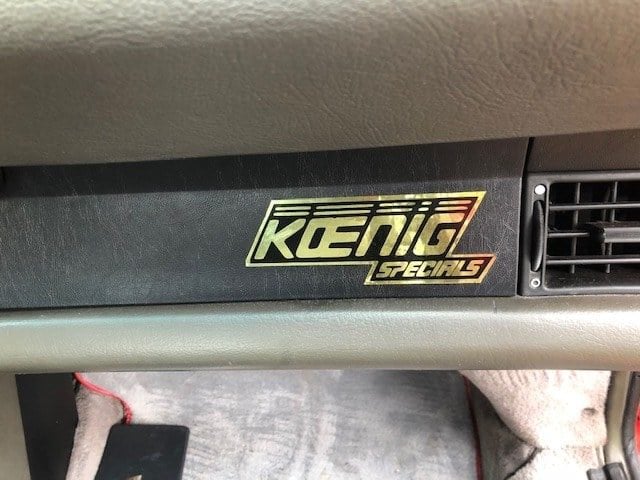
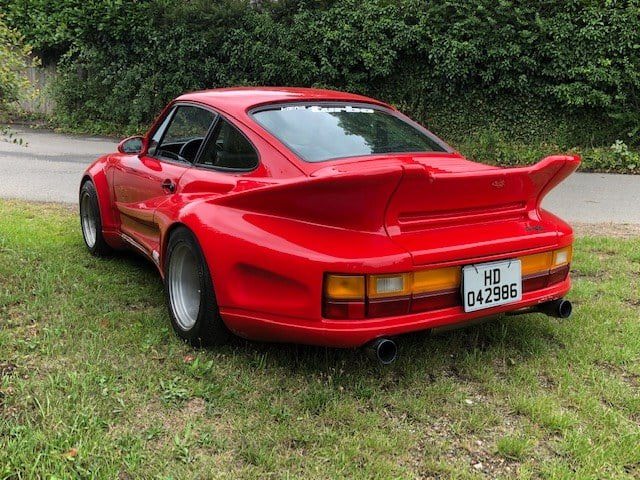
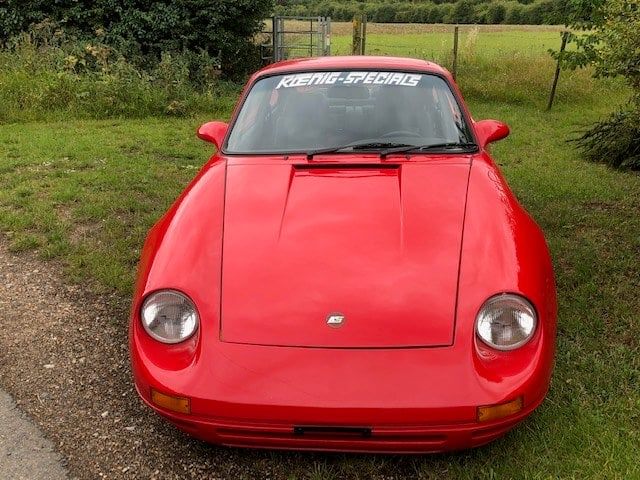
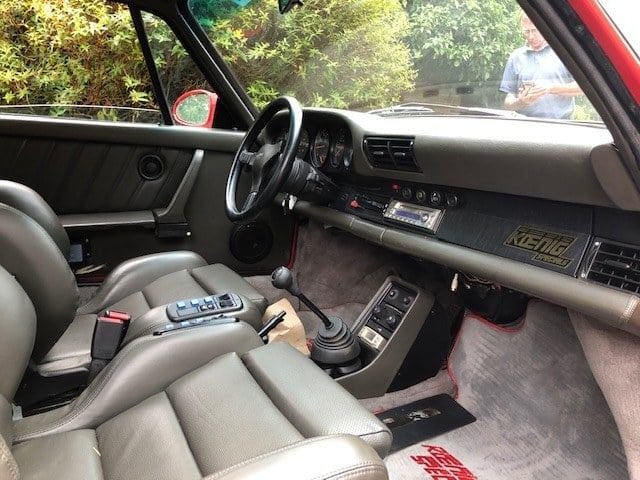
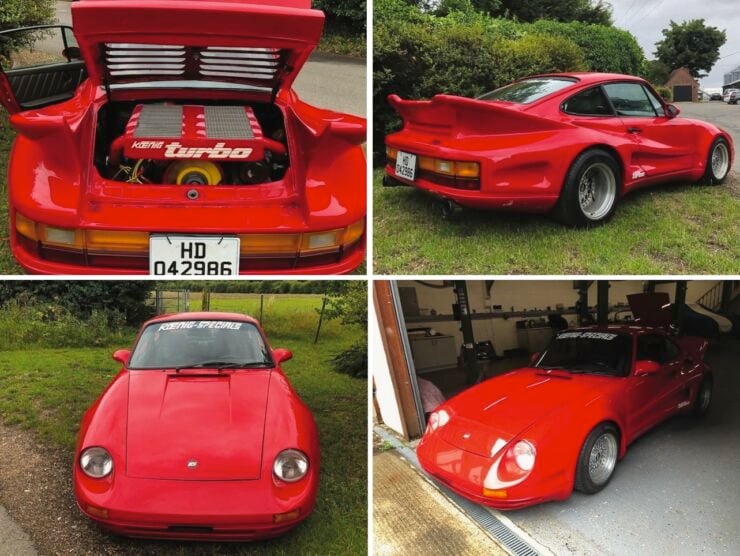
Images courtesy of Car & Classic

